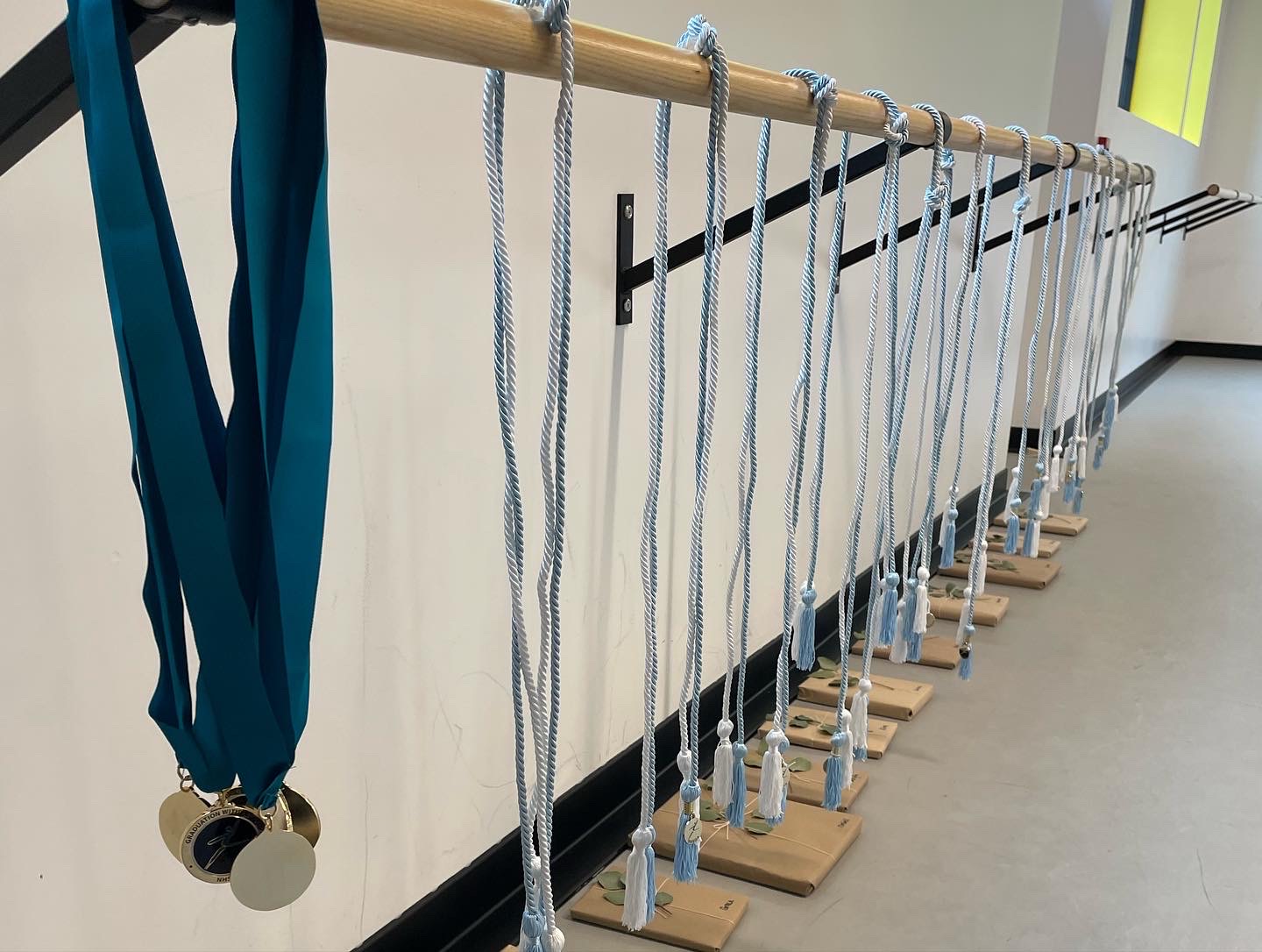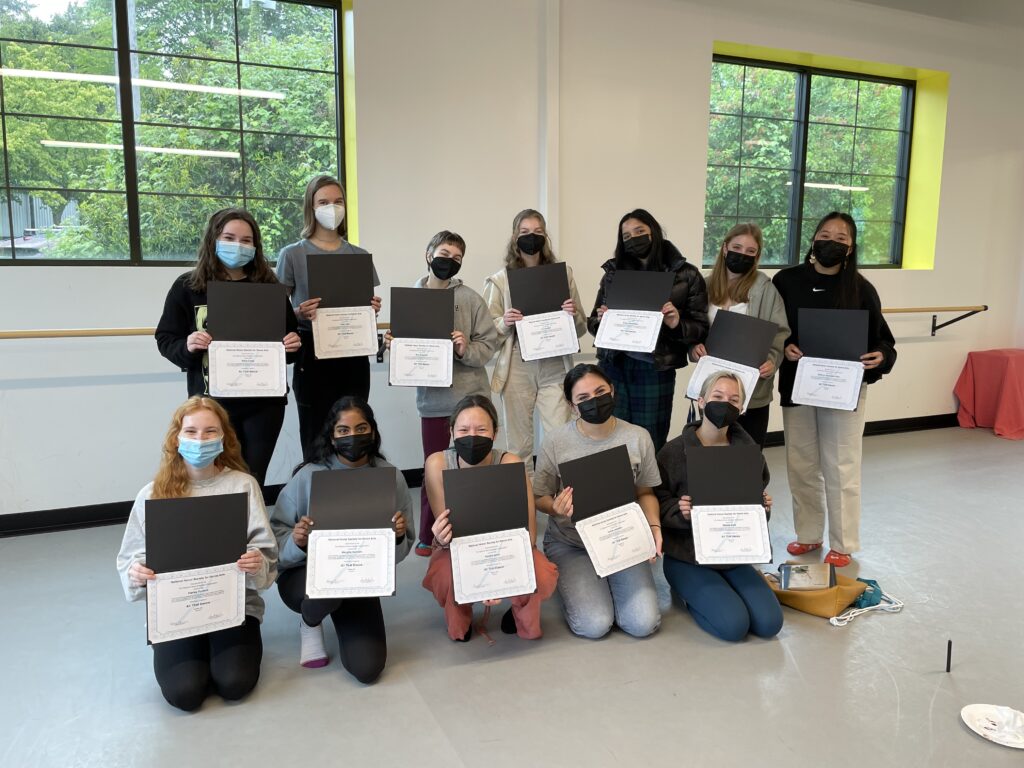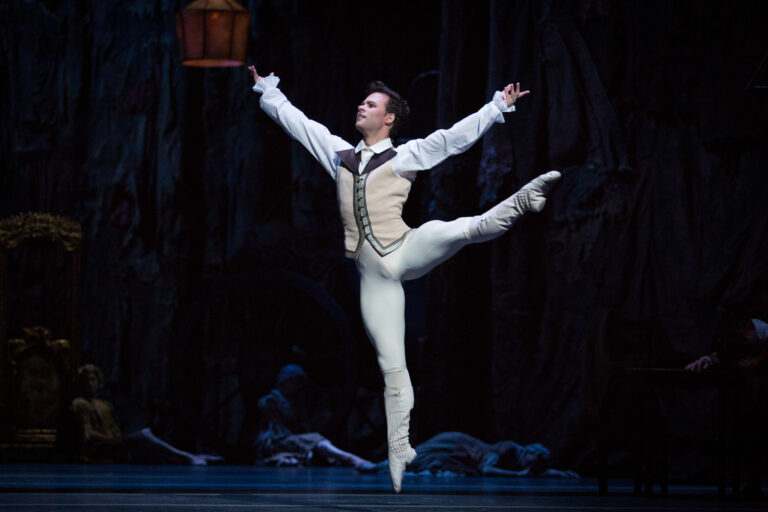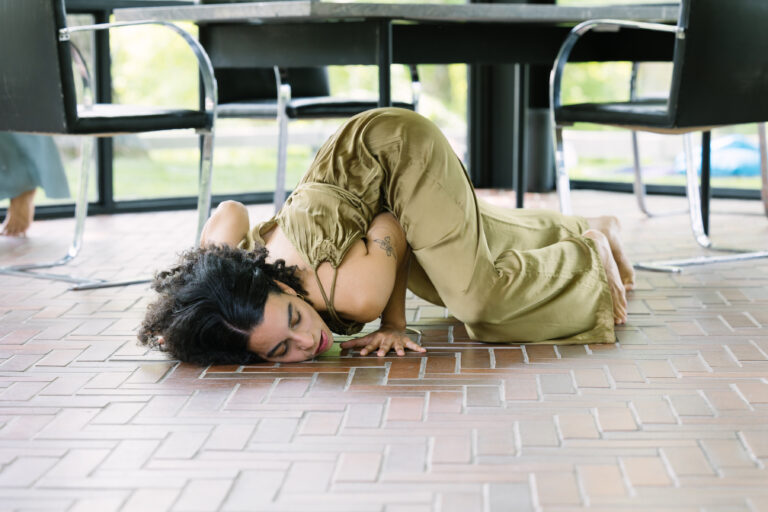
During graduation, students savor the moment when they walk across the stage in their cap and gown, and their teachers are just as proud, seeing the culmination of their students’ hard work. Thanks to the National Honor Society for Dance Arts (NHSDA), thousands of dedicated dancers across the country are celebrated for their artistic merit, leadership and academic achievement—and they have the cords and pins to prove it. Starting a National Honor Society for Dance Arts chapter at your dance program is well within reach, and the benefits abound. Under the umbrella of the National Dance Education Organization, NHSDA leads the way in arts advocacy and helps faculty at schools, studios and higher education institutions elevate their dance programs.
“NHSDA can be an asset for dance programs for many reasons,” says Susan McGreevy-Nichols, NDEO’s executive director. “It can serve as an advocacy tool, providing public recognition of how dance supports leadership, scholarship and artistic expression.”
Established in 2005, the National Honor Society for Dance Arts (NHSDA) now has over 1,000 chapters nationwide, with approximately 5,000 students inducted annually. The program is also endorsed by the National Association of Secondary School Principals.
“It makes me feel so special, to be a part of something bigger,” says Katie Rochleau-Rice, current high school senior and student president of the NHSDA chapter for All That Dance studio in Seattle. “NHSDA uses dance as a tool for self-growth and community growth.”

Tiered Programming
The National Honor Society for Dance Arts (NHSDA) offers three program levels: Junior chapters serve students in grades 6–8, Secondary serves grades 9–12 and Collegiate is for college- and university-level dance programs.
Students earn points toward induction through participation in a range of activities under the three NHSDA strands of artistic merit, leadership and academic achievement. The total number of required points differs based on program level, but accepted activities include participation in dance classes and performances, various forms of dance scholarship, volunteer hours related to dance service work, essay writing and more. Induction also requires a GPA of 3.0 for Junior and Secondary chapters and 3.5 for Collegiate levels. The full list of requirements and point structure is available on the NHSDA website.
“These students are putting in an incredible amount of time and effort into their dance classes, and also into their academic work,” says Kari Schrade, NHSDA’s program coordinator. Induction into the Honor Society gives both institutional and national recognition for the work that students and teachers are already doing.
Local Chapters, National Recognition
“A lot of times when kids are as committed to dance as these kids are, it ends up just reading as one line on their resumé,” says Mary Gorder, NHSDA chapter sponsor for All That Dance. But when students can add their accomplishments with the Honor Society, she says, “it feels like a different angle.” As dancers look ahead toward college, they’re also able to note their Honor Society experience on scholarship and admissions applications. (Plus, NHSDA offers its own scholarship to high school juniors and seniors: Learn more here.)
NHSDA’s framework allows teachers to expand their students’ understanding of dance’s potential beyond their physical classes. “One of my favorite things about dance is the skills I’ve learned in the studio and how I apply them outside the studio,” Rochleau-Rice says, adding that she was able to make these connections through her work with NHSDA. “I used all these skills in my college applications,” she says.
NHSDA students receive an induction certificate along with honor cords and a pin. This provides a validity to dance education that often helps convince more skeptical parents of the value of their child’s commitment to the art form. “To get them thinking more three-dimensionally, and not just about the physical skill, it’s been a great inroad,” Gorder says.
Schrade shares that the added value of an Honor Society often helps marketing efforts in teachers’ local communities, and chapters also appear in NHSDA’s Chapter Search Directory here.

Student Participation Leads to Expanded Education
Gorder sees her NHSDA chapter as a champion of interdisciplinary education. “Honor Society is a really good way for [students of different dance genres] to connect over this greater picture of what dance can be,” she says.
Overall, Gorder notes that NHSDA’s structure has helped her offer her students a more well-rounded dance education. “It can be a really great confidence booster for kids that might feel like they’re struggling in a technical environment,” she says. “There might be a student who’s super at synthesizing all this historical information and turns in this amazing paper to me, and then that gives me an opportunity to build up that aspect of them as a dancer and to share with them that I hold that in really high esteem.”
Additionally, NDEO offers three events annually—Love Your Body Week, Dance A Difference Week and Senior Day of Recognition—that studios may participate in individually to expand their programs.

Bridging Career Transitions
The foundations built through participation in the National Honor Society for Dance Arts (NHSDA) bolster students’ abilities to deepen their dance education. Julie O’Neill, director of dance at Our Lady of Mercy Academy in Syosset, New York, is also a former NHSDA student herself, who participated in NHSDA chapters in both high school and college.
During high school, O’Neill says, “our program was catered toward performing and enhancing the talent of the students at our school and using that to branch into the community.” In college, she says, they transitioned toward exploring dance through a more academic lens.
Now a leader of her own NHSDA chapter at Our Lady of Mercy Academy, O’Neill uses her Secondary and Collegiate experiences to help her students understand the full scope of the performing arts industry. Many earn points by getting involved backstage in local performing arts organizations.
“It’s challenged them to be more interested in arts education,” O’Neill says, elaborating that many students write college applications about how “dance has allowed them to become more sympathetic to others’ feelings and emotions.”
Benefits for Dance Faculty
While the benefits of membership are plentiful to student dancers, educators also relish being involved in NHSDA. Truly Austin, assistant professor at Bowie State University, recently helped create a chapter. “Co-sponsoring the NHSDA chapter at my university has reignited my passion for dance and dance education,” she shared in a testimonial to NHSDA.
Earlier in her career, she established chapters at two high schools—“I absolutely loved it!”—and found herself missing the experience when she transitioned into higher education, working at institutions without chapters. “I could feel the disconnect between the students and the department, the dance community, and the dance field as a whole. So when the opportunity arose to become the co-sponsor at my current institution, I jumped at the chance. Co-sponsoring has pushed me back into a space where I am better able to serve students, provide guidance, and foster a sense of community that prioritizes giving back and advocating for dance. It has also encouraged me to create more avenues for the students to see how they can use dance to benefit others, both on and off the stage.”

An Honor Society Grounded in Community Engagement
Service work makes up one component of NHSDA’s point system. Many of Gorder’s students currently volunteer as teachers at an adult memory care facility in Seattle. Others teach younger children dance at a Seattle Housing Authority site.
Gorder says these opportunities help her instill in her studio’s community “this idea of teaching our students when they’re young to go out into the world and bring the arts to the greater community, rather than letting it just live inside the studio walls.”
Many chapters participate in community service during NHSDA’s Dance A Difference Week, a nationwide dance-based service effort held annually in March. Dance programs can design their own projects, or take inspiration from other chapters, who have held fundraisers or donation drives, performed at community centers, or held a flash mob in a local park paired with a clean-up effort.
How to Start a Chapter
NHSDA chapters can be housed by dance programs at studios, performing arts groups, K–12 public or private schools, and colleges or universities. To sponsor a chapter, you must be a dance teacher on staff and your organization must be an Institutional Member of the National Dance Education Organization (NDEO).
Before applying, Schrade advises that teachers review the Chapter Sponsor Handbook to learn everything required to manage a chapter. “Start off small with broad requirements,” O’Neill advises. Gorder echoes the same sentiment—the national requirements can serve as a great baseline as you are getting started.
If you’re ready to establish an NHSDA chapter for your program, you can apply online here. Questions? Email NDEO at [email protected]. Once your chapter is approved, you can celebrate with your students—and start the process of inducting them into the Honor Society.



